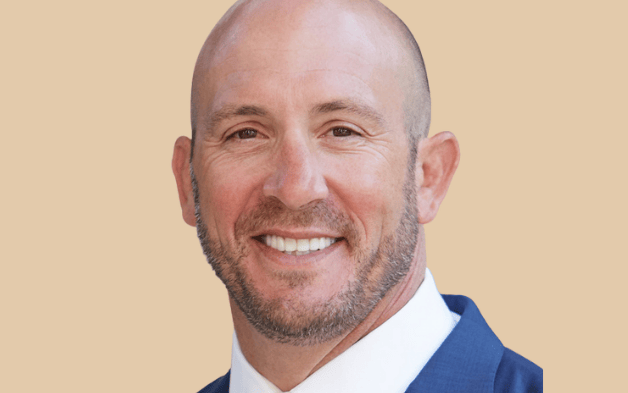In the first story of an exclusive series examining investment portfolio innovation at CalPERS, Amanda White looks at the global equities portfolio where the universe of stocks was recently halved.
The public equity allocation of the $469 billion CalPERS is the fund’s largest contributor to returns and also the largest contributor to volatility.
With a huge portfolio and a return target of 6.8 per cent the investment staff at CalPERS are constantly challenged to meet these return demands in a smooth distribution for its two million workers.
The fund is dominated by equity risk with interim chief investment officer, Dan Bienvenue, saying risk models estimate the fund has about 90 per cent growth risk. As it looks to reduce complexity the equity portfolio recently came under review.
“We are long equity risk and we are comfortable with that. We don’t have a choice of not investing, where we invest is the question,” Bienvenue told Top1000funds.com.
The public equity allocation sits at just over half of the fund’s assets (52 per cent) and last year returned 36.3 per cent. Private equity had a greater return at 43.8 per cent but currently only has a 7.6 per cent allocation.
In addition, the public equity portfolio contributes just over 70 per cent of the forecasted volatility.
Managed almost entirely internally (80 per cent) the public equity allocation is split between cap weighted (71 per cent) and factor weighted (29 per cent).
In terms of a volatility contribution by asset class the public equity cap weighted proportion is over half of the entire portfolio at 54 per cent. It is within this allocation, entirely passively managed, that the team recently innovated by significantly narrowing its benchmark.
“Historically we held the entire market, down to 98 per cent of capitalisation, which was about 11,000 securities,” Bienvenue says. “When we ran a number of diversification metrics on that we found we could cut our holdings by half and not impact diversification. It also improves complexity and allows us to avoid some operational challenges, for example around currency, which take time.”
The result was a reduction in the number of stocks in the cap-weighted portion – about 35 per cent of the fund’s entire portfolio – from 11,000 to 5,000 securities in the second quarter of this year.
The factor weighted portion of the equities portfolio is to assist in avoiding drawdowns, says Bienvenue who before taking on the role of interim CIO was managing investment director of global equity.
“One of the assumptions of the CAPM model is that investors are homogenous when it comes to risk, we don’t believe that,” he says. “We put that sleeve in the portfolio because our aversion to significant drawdown is greater than our utility for upside.”
CalPERS is currently undergoing an asset liability modelling process which includes setting assumptions and model portfolios that will best meet the fund’s return targets.
The current portfolio devised four years ago to meet a 7 per cent return target would yield 6 per cent today on revised asset class return predictions.
“We are looking at candidate portfolios for achieving our new target of 6.8 per cent,” Bienvenue says. “We don’t have a low risk choice, but we want to expose the portfolio to compensated risks.”
At the total fund level public assets are managed at the low base of 4 basis points with total costs of around 23 basis points.
The fund has an ambition to increase its allocation to private equity and is investigating the use of leverage.
“If we wanted to just keep the fee down we would put everything in public markets but that wouldn’t get the drivers of return.”
Bienvenue says the use of leverage will not just add to returns but will act as a diversifier.
“If we were to take a long-only portfolio and try to achieve a number like 6.8 per cent we would put everything into some sort of equity. Leverage will allow us to pull some more diversifying assets like fixed income and real assets which are all things we will work through the board with,” he says. “We are looking at our comfort with trading out one risk – equity – for another in leverage which has financing and operational risks.”
More stories on CalPERS
Co-investment, diversification drive CalPERS’ PE push
CalPERS’ new asset allocation to take on more risk



